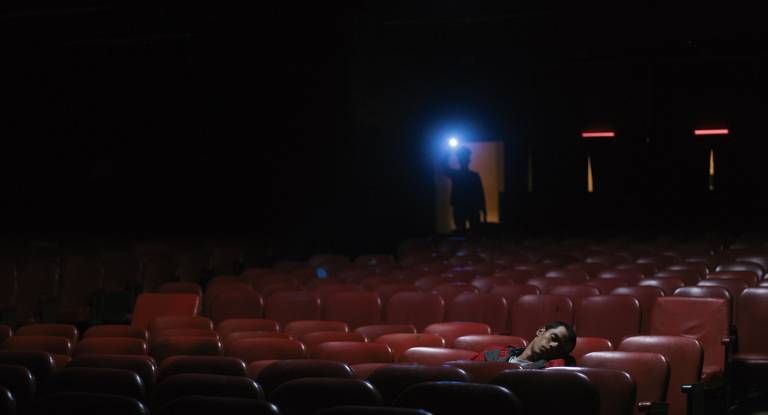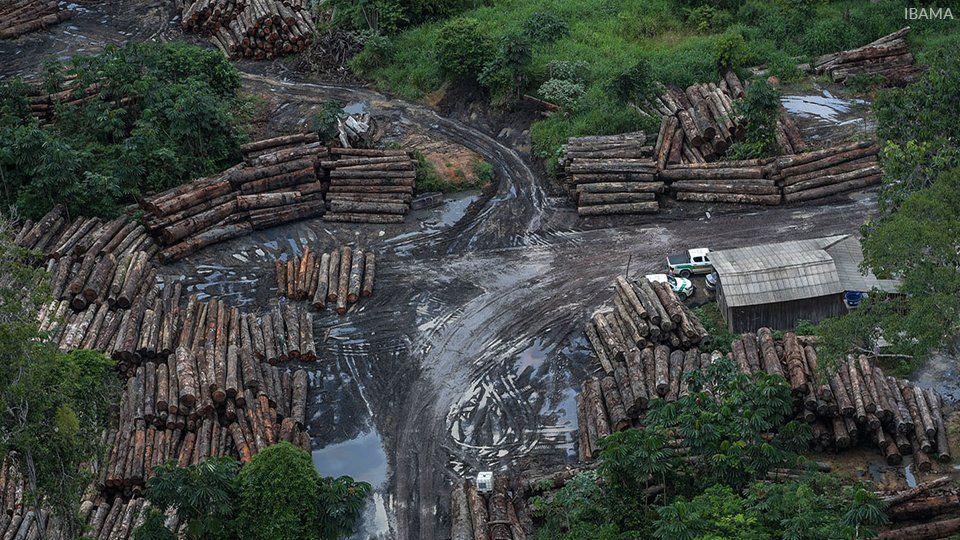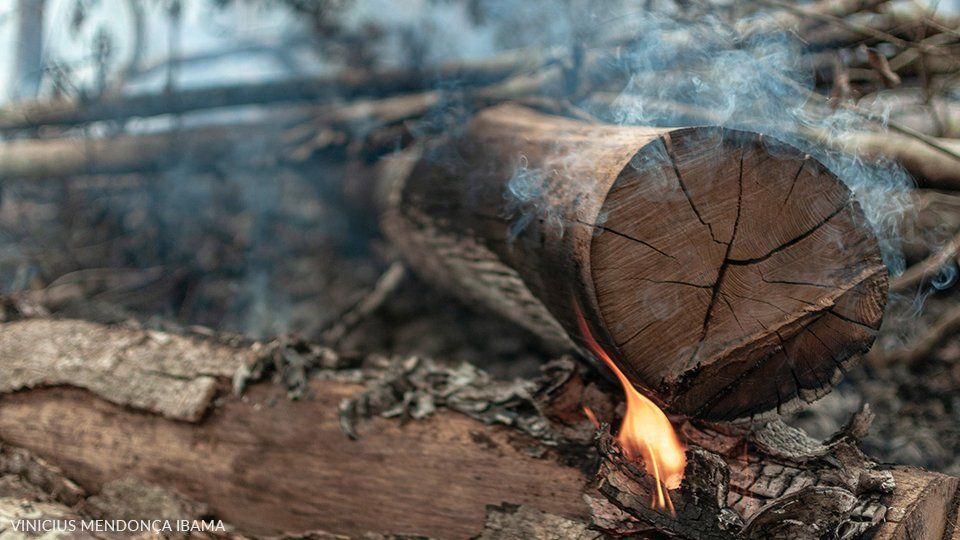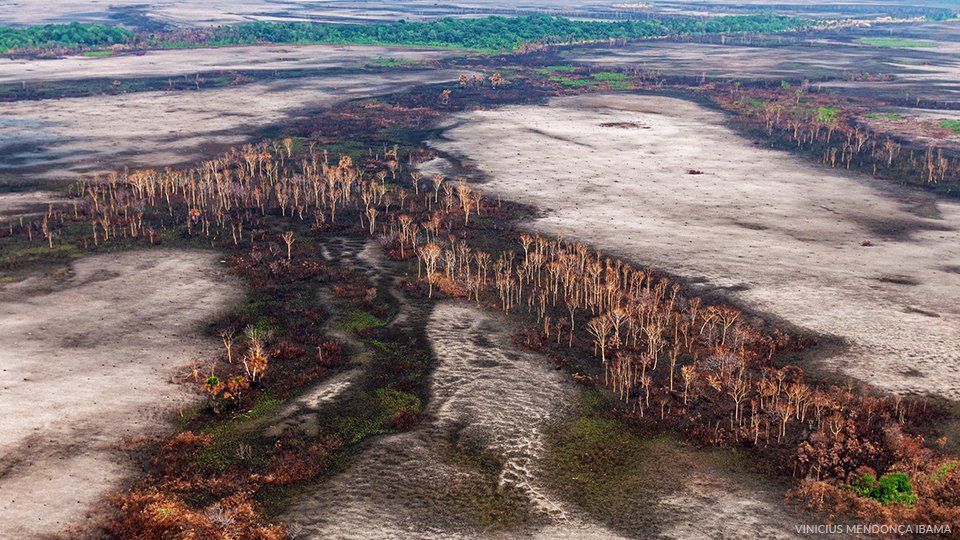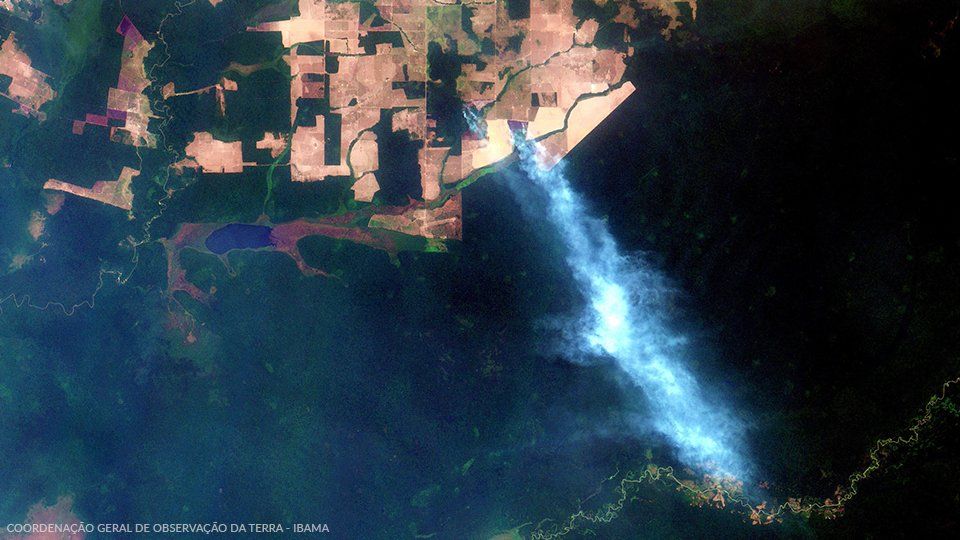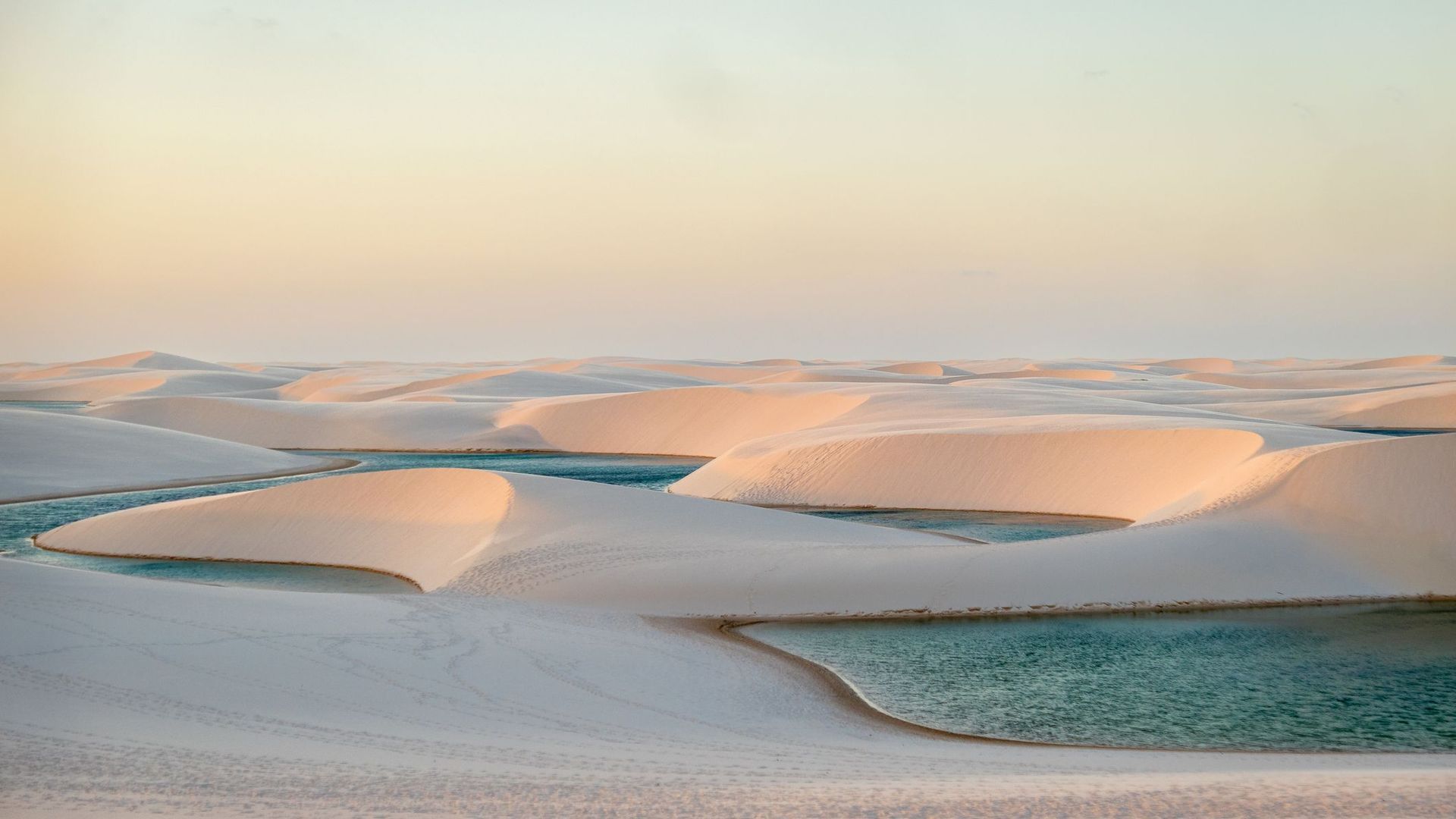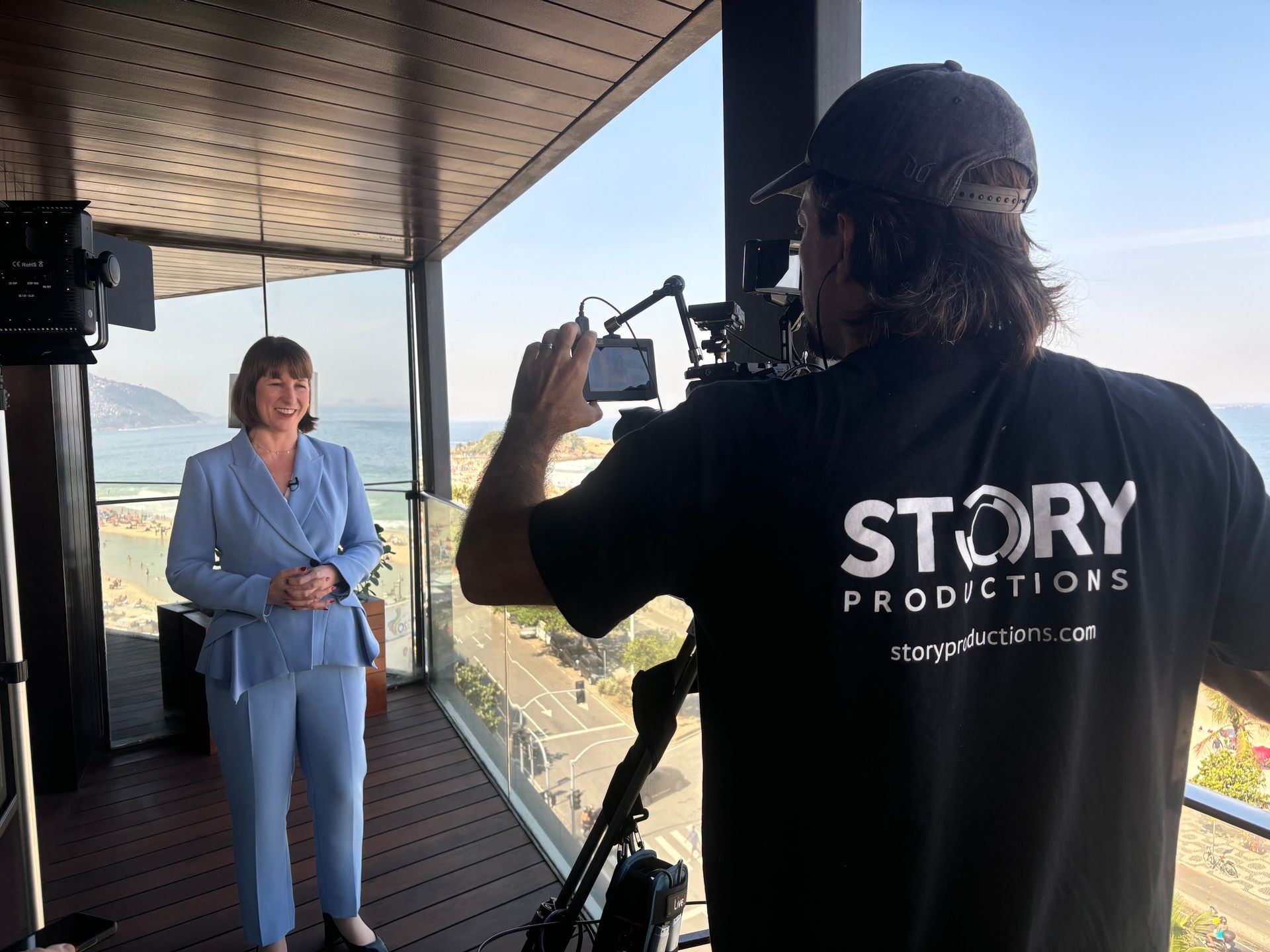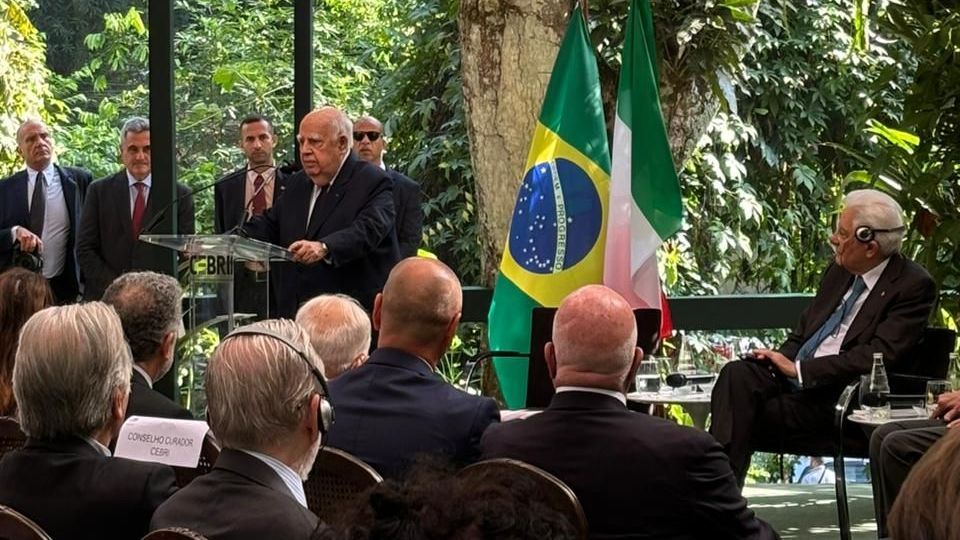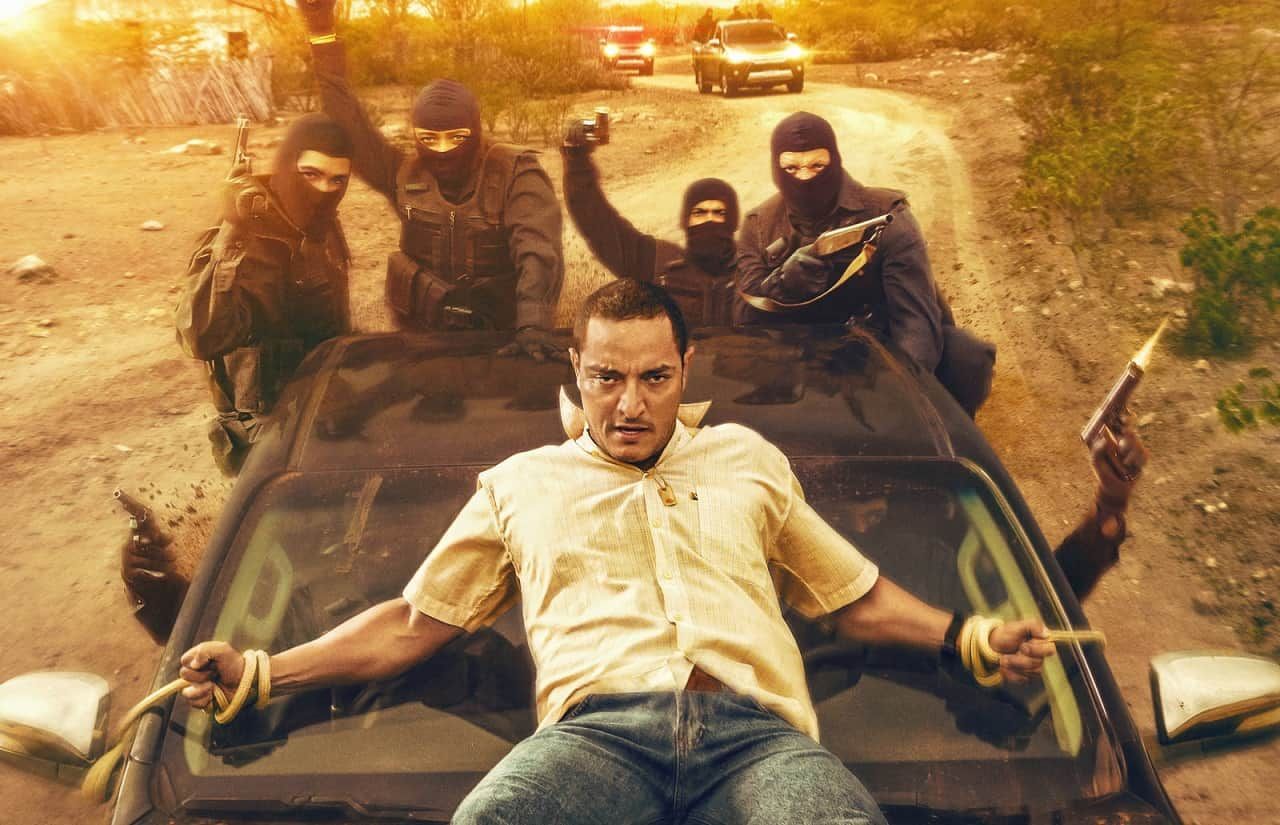Brazil Spotlight: “Deforestation rules Brazil out of Paris climate agreement goals”
New Amazon deforestation data for 2020, and Bolsonaro's dismantling of Brazil's environmental institutions, are undermining the Paris climate agreement. Many Brazilian companies, including in the agribusiness sector, are complaining about the repercussions
In just half a century, twenty per cent of the Brazilian Amazon forest has disappeared. Official figures on annual deforestation in Brazil released by the National Institute for Space Research (INPE) in November 2020 revealed that of the 2.5+ million square miles of forest that existed in 1970, over 505,000 square miles have disappeared - 19.8 per cent, to be exact.
During the last two years under Brazil's Bolsonaro administration, deforestation increased by over 6,200 square miles in 2019 and over 6,800 square miles in 2020. History shows that it will be increasingly difficult for Brazil to fulfill its commitment to zero deforestation in addition to recovering over 74,500 square miles of impacted forest ecosystems by 2030: a goal agreed to in the 2016 Paris climate agreement.
Brazil is the seventh-largest emitter of greenhouse gases in the world, accounting for 2.9 perc ent of the total world emissions. In 2018, the country released 2 billion tons of greenhouse gases, 44 per cent of which was from land-use changes in the Amazon and the Cerrado (a tropical savannah biome), and 25 per cent from agriculture. Much of the deforestation is illegal.
The Bolsonaro administration is dismantling environmental institutions built up over the past thirty years. One of these institutions is
INPE (Brazil's National Institute for Aerospace Research). In 2019, the president dismissed the director of INPE after he disagreed with the president's criticisms of deforestation data. Two weeks ago, when the institute released the 2020 figures, the Minister of Science and Technology announced a 15 per cent cut in the institution's 2021 budget.
The government also froze contributions that maintained the conservation units of the Amazon Fund, financed by Norway and Germany, dismantled the National Environment Council that oversaw the sector's policy, and put a hold on collecting environmental fines. In Congress, allies of the president defend proposals to open up indigenous lands to investment.
Annual deforestation rates have become a national as well as global concern. Analysis of the land by INPE's remote sensing as well as images from the Landsat, CBERS-A, and Indian Remote Sensing satellites have refined how the Amazon is perceived. The director of the United Nations Environment Programme, Erik Solheim, states: “The satellite monitoring system in Brazil is by far the best in the world; there is nothing similar for tropical forests.”
Thanks to INPE, the country can know precisely where deforestation occurs — on the eastern, southeastern, and southern edges of the Amazon, the region known as the “Arc of Deforestation” — and how this encroaches on 80 per cent of the preserved forests in the north, centre, and west.
The forests in the north of the state of Pará remain unscathed. To the west, in Amazonas state, 95 per cent of the original vegetation cover is intact. Because of this, the future paving of the BR-119 road from Porto Velho to Manaus, which will open a new front of deforestation, became an environmental nightmare. Manaus, a city with 2.7 million inhabitants, has no connection by land with the rest of the country. The populace has been clamoring for a permanent, paved road.
The annual rate of deforestation has gotten worse before, but Brazil has shown the ability to reign it in. In 1995 during the Fernando Henrique Cardoso administration, fires razed over 18,000 square miles, which led to a change in the Brazilian Forest Code establishing mandatory preservation of 80 per cent of the vegetation on rural properties in the Amazon, limiting use of the land to just 20 per cent.
In 2004, another disturbing instance of over 16,500 square miles of devastation prompted the Luiz Inácio da Silva government to enact the Action Plan for the Prevention and Control of Deforestation in the Legal Amazon, a socio-geographic division covering nine states in Brazil.
Against all expectations, the plan was successful. With investment in inspection, coordination of ministry action plans, and revision of Brazil's economic enterprise subsidies policy, the government was able to reduce 80 per cent of illegal deforestation between 2005 and 2012 — from just over 16,500 to a little under 2,800 square miles — radically reducing carbon emissions from fires. All of this is proof that the problem is not chronic and has a solution.
In 2018, however, President Bolsonaro was elected, promising to accelerate development and expand agribusiness, in direct opposition to environmentalists. Now, he faces a dilemma. Abandoning environmental policies and increasing deforestation not only undermine the Paris climate agreement but also the negotiations for a Mercosur trade agreement with the European Union. Many Brazilian companies, especially those in the agribusiness export sector, are concerned and demand the resumption of environmental commitments.
About Brazil Spotlight
Every month, Story Productions publishes a new Brazil Spotlight column by Ricardo Arnt, a Brazilian journalist and author with more than forty years experience. His works include director of Planeta magazine and TV Bandeirantes, editor of Exame magazine, Folha de São Paulo and Superinteressante (published by Editora Abril), and international editor of Jornal Nacional on TV Globo.
Subscribe to our newsletter and be one of the first to read the latest Brazil Spotlight column. From the economics of sustainability to deforestation in the Amazon, Ricardo will be tracking down the most interesting, topical stories one step ahead of the news cycle. We want to inspire TV producers and researchers around the world with inspirational ideas for their next production.
Learn more about the author behind our new serial column. Send topic suggestions to press@storyproductions.com. Interested in covering something you've read here? Get a quote for your next production in Brazil.
Related stories
Share this story:
Get the latest news straight into your inbox!
Contact Us
Read another story
